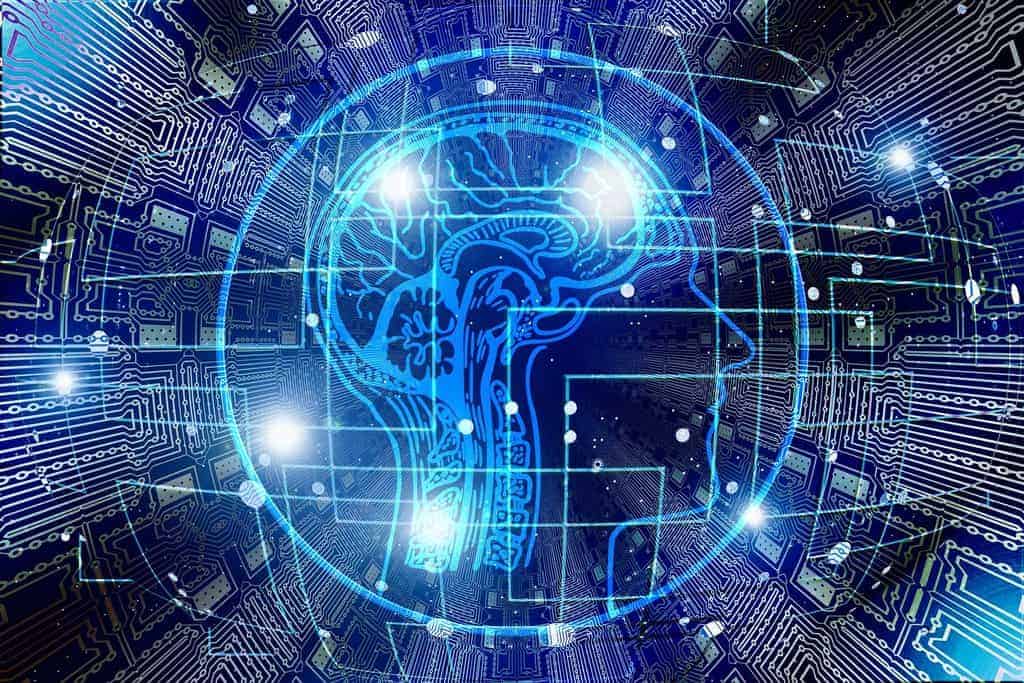From the realm of science fiction to an integral part of our daily lives, artificial intelligence (AI) has come a long way. A distinct type of AI, generative artificial intelligence, is poised to revolutionize the world further, pushing the boundaries of what machines can accomplish.
Understanding Generative AI
Generative AI is a branch of AI that focuses on creating new content from scratch. This creation could take numerous forms – from text to images and music to 3D models. It operates by learning the patterns and nuances from vast volumes of data and then generates outputs that mirror the learned patterns. It’s akin to providing an artist with a brush and an empty canvas to paint an original masterpiece.
Generative AI, by no, means a trivial development, marks a transition from traditional AI systems that simply react to inputs to more advanced systems that can create and innovate. This progression heralds a new era of technology where AI is no longer just a tool but an active participant in the creative process.
The Creative Endeavors of Generative AI
The use of generative AI in creative domains is capturing widespread attention. Imagine an AI capable of composing symphonies or designing unique pieces of digital artwork. It’s as if you’ve unlocked a new channel of creativity that can operate tirelessly and on a scale far exceeding human capabilities. AI-generated art and music have begun to find their place in the world, enriching our cultural landscape and prompting us to re-evaluate our understanding of creativity.
Generative AI in Problem Solving
Apart from creative exploits, generative AI has profound implications for problem-solving. With its capacity to generate many potential solutions, AI can aid in addressing complex issues that require extensive exploration of possible outcomes. It’s like having an omnipresent problem-solving ally equipped with diverse solutions at its fingertips.
Whether optimizing logistics, enhancing healthcare delivery, or tackling climate change, applying generative AI can lead to significant advancements across multiple sectors. The potential for this technology to transform your problem-solving processes is truly remarkable.
Navigating the Ethical Landscape of Generative AI
As generative AI advances, ownership, authenticity, and accountability issues become increasingly complex. Who should own the rights to AI-generated music and art?
Moreover, as AI continues to generate content that closely mimics human-created output, the potential for misuse escalates. As you leverage the benefits of generative AI, you must also construct a robust ethical framework to govern its use.
Envisioning the Future with Generative AI
The future of generative AI, like Adobe Firefly, holds promise. Their website states, “Generative AI can enhance creativity by giving people new ways to imagine, experiment, and bring their ideas to life. Firefly is unique as a family of generative AI models because Adobe intends it to be more than an AI text-to-image generator.” As you continue to develop this technology, you can expect a wave of innovative solutions and creative breakthroughs. Imagine a future where generative AI like Firefly collaborates with human artists or complex problems are addressed more efficiently through AI-generated solutions.
Generative artificial intelligence represents a new chapter in the evolution of AI. By enabling machines to create, it shifts the dynamics from AI being a mere tool to AI as an active contributor in the creative and problem-solving processes. As you tread this new path, you must also remain aware of this revolutionary technology’s ethical dimensions. Indeed, the future of AI has been unveiled, and it looks incredibly promising.


